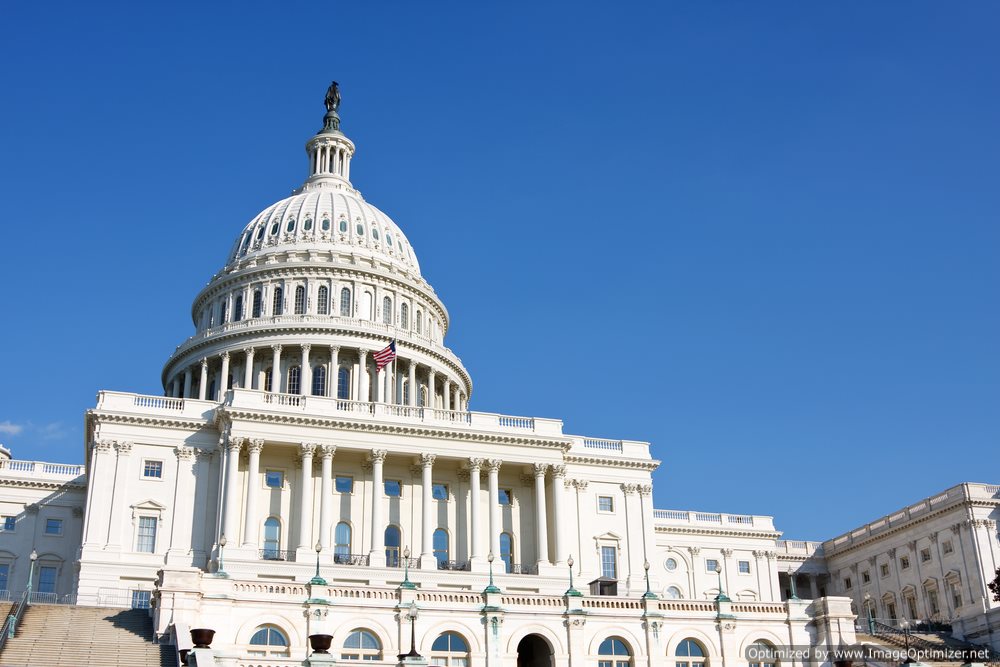
Guide to the Code of Federal Regulations
The Code of Federal Regulations (CFR) is a legal compilation of federal regulations that govern various aspects of American life. The CFR is organized by subject matter and is updated annually to reflect changes in federal regulations. Understanding the CFR is essential for those who seek to navigate the complex realm of federal regulations. This article provides a comprehensive guide to the CFR, including its history, organization, and how to use it effectively.
History of the CFR
The CFR was first published in 1938 as a consolidation of various federal regulations. The goal was to provide a single resource that would make it easier for the public to understand and comply with federal regulations. Today, the CFR contains over 175,000 pages of regulations and is updated annually to reflect new and updated regulations.
Organization of the CFR
The CFR is organized into fifty titles, each of which covers a specific subject area. For example, Title 20 covers employees’ benefits, while Title 14 covers aeronautics and space. Each title is broken down into chapters, which cover specific topics within that subject area. Finally, each chapter is further divided into sections, which contain the actual regulations.
Using the CFR
There are several ways to use the CFR effectively. Here are a few tips:
1. Use the Table of Contents: The Table of Contents is the best place to start when looking for a specific regulation. It provides an overview of the CFR’s organization and can help you quickly find the title, chapter, and section you need.
2. Use the Index: The Index is another helpful tool for finding specific regulations. It lists keywords and phrases and provides references to the relevant sections of the CFR.
3. Cross-Reference with the Federal Register: The Federal Register is a daily publication that contains proposed and final regulations as well as other federal government documents. The CFR frequently cites the Federal Register for new or revised regulations, so cross-referencing the two can help you stay current with the latest changes to federal regulations.
4. Use Digital Resources: The CFR is available online via various digital resources, including the government’s official e-CFR website, which allows you to search and browse the CFR easily.
Conclusion
The Code of Federal Regulations is a critical resource for navigating federal regulations in the United States. Understanding how it is organized and how to use it effectively can help you comply with federal regulations while avoiding potential legal issues. By leveraging the tools and resources available in the CFR, we can promote safety, fairness, and prosperity in our society.
What is the Code of Federal Regulations?
• The Code of Federal Regulations is the official codification of the general and permanent rules and regulations—referred to in a broad sense as administrative law—published in the Federal Register. The Code of Federal Regulations is affirmed in this daily publication by the various executive departments and agencies of the United States Federal Government. The Code of Federal Regulations is published by the Office of the Federal Register—an administrative agency that operates within the National Archives and Records Administration.
• Administrative law, which is a type of public law, exists because the United States Congress typically grants authority to the agencies of the executive branch in order to interpret the statutes in the United States Code. These statutes are then enforced by various agencies because Congress and other departments may be too busy or congested to micromanage the jurisdiction regarding writing statutes to cover every possible detail.
• According to the Administrative Procedure Act, these agencies are permitted to create detailed regulations through a public rulemaking process. In this process, the public is allowed to voice their opinions and comment on the public information offered; following a grace period, the rules and regulations are then published in the Federal Register.
• These rules are treated by the courts as legally binding forms of statutory law, provided that the regulations are a reasonable interpretation of the underlying statutes. For example, if the United Stats Congress passed a law that stated there are not be excessive levels of mercury in any body of water in the country, an entity, such as the United States Environmental Protection Agency could further define, through a scientific lens, what the exact meaning of an “excessive level of mercury” is. The agency’s definitions and its subsequent plan of enforcement will all be published into the code of federal regulations.
Publication of the Code of Federal Regulations:
• The rules and regulations are first created and published in the Federal Register; each is then given a code of federal regulation number, such as 42 CFR460 11 (a) (1), that will be cited immediately. The aforementioned code of federal regulation would read as: “title 42, part 460, section 11, paragraph a 1.






























